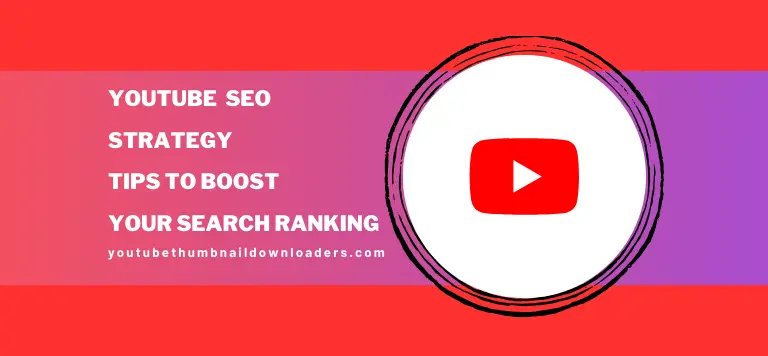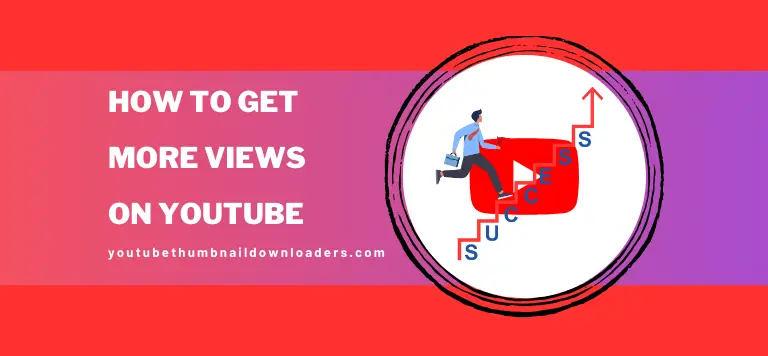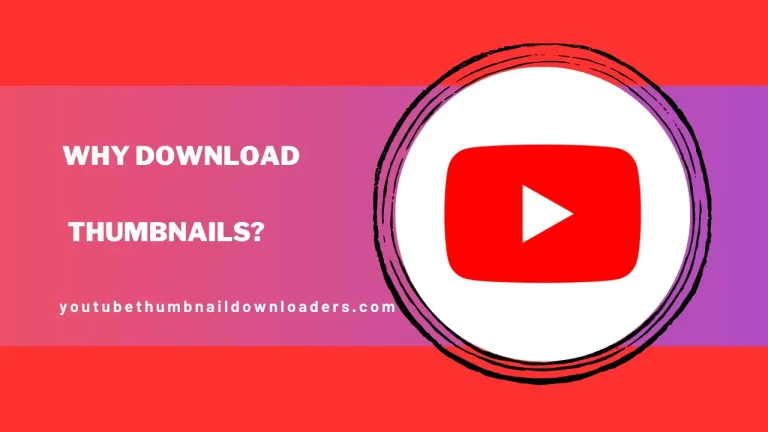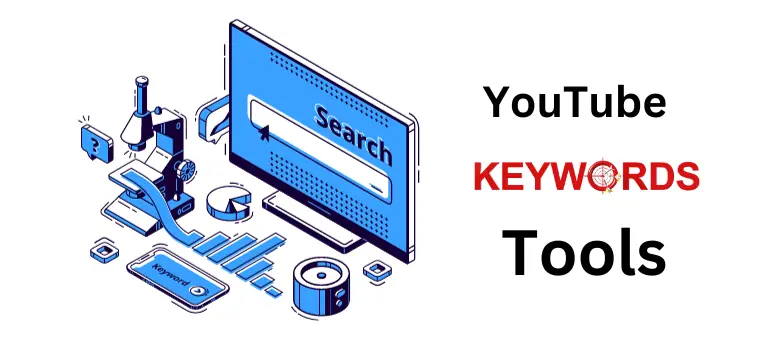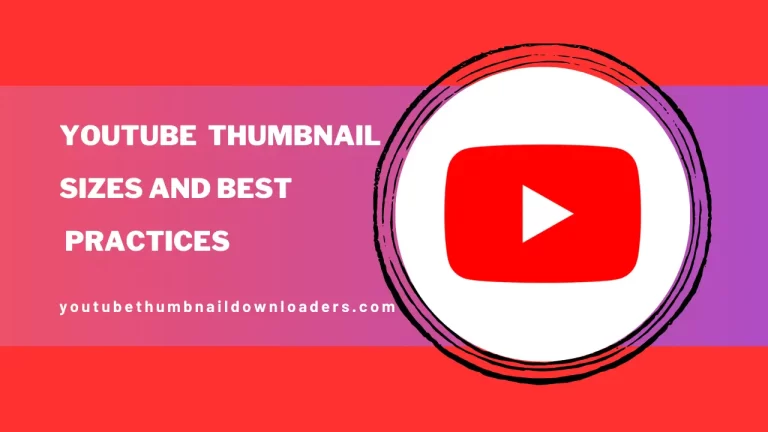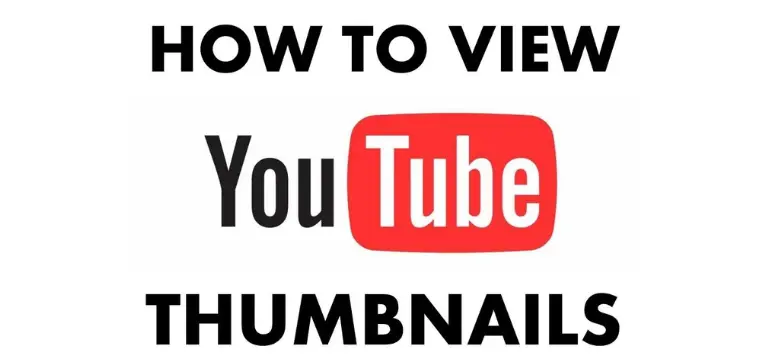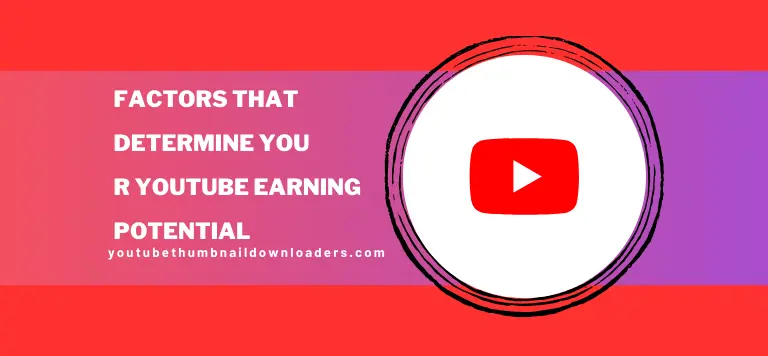YouTube SEO Strategy of Tips to Boost Your Search Ranking
YouTube, the second-largest search engine globally, is a boundless sea of content. With eight out of 10 video search results being YouTube Thumbnail videos, and a staggering 500 hours of video uploaded every minute, how can you ensure that your content doesn’t get lost in this ever-expanding ocean? The answer lies in mastering video SEO best practices. In this article, we’ll explore how you can create a robust YouTube SEO strategy to optimize your great videos for search and rise above the competition.
What is a YouTube SEO Strategy?
Before we dive into the details, let’s understand what a YouTube SEO strategy is. It’s a set of techniques and best practices aimed at optimizing your video’s visibility on YouTube’s search engine. Just as traditional SEO (Search Engine Optimization) improves a website’s ranking on Google, a YouTube SEO strategy enhances your video’s chances of appearing in YouTube search results, suggested videos, and recommendations.
Why YouTube SEO Strategy Matters
YouTube’s immense popularity makes it a treasure trove for content creators and businesses seeking to reach a global audience. However, standing out amid the millions of videos requires more than just great content; it demands visibility. Here’s why YouTube SEO is crucial:
- Search Engine Ranking: YouTube is owned by Google, and its search algorithm operates similarly. Optimizing your videos for search can significantly improve their rankings, making them more discoverable.
- Increased Visibility: Higher rankings lead to increased visibility. When your video appears in search results or recommendations, it’s more likely to be viewed and shared.
- Targeted Traffic: Optimized videos attract viewers genuinely interested in your content, resulting in a more engaged and valuable audience.
Key Steps in a YouTube SEO Strategy
- Select a Great Keyword
Keywords are the foundation of YouTube SEO Strategy. Choose a keyword that accurately reflects your video’s content and has a reasonable search volume. Tools like YouTube Keyword Planner can assist in finding relevant keywords.
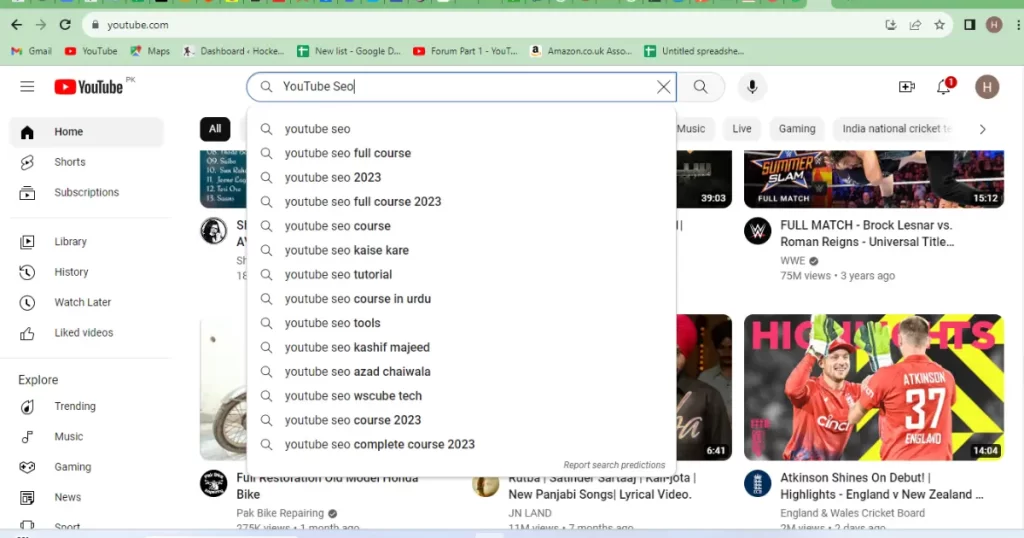
- Include Accurate Closed Captions
Closed captions improve accessibility and user experience. They also provide YouTube’s algorithm with more text to understand your video’s content better. - Add a Transcript to Your Video Description
Include a transcript of your video in the description. This not only aids viewers but also offers another opportunity for YouTube to comprehend your video’s topic. - Offer Subtitles in Multiple Languages
Expanding your audience is crucial. Providing subtitles in multiple languages can help your video reach a more diverse audience. - Write a Keyword-Optimized Title, Description, and Tags
Your video’s title, description, and tags should all contain your selected keyword. However, ensure that they are written naturally and offer a clear understanding of your video’s content. - Say Your Target Keyword in Your Video
Mentioning your keyword in your video’s audio reinforces its relevance and can improve its searchability. - Use a Compelling Thumbnail
Your video’s thumbnail is its first impression. Create a custom thumbnail that’s eye-catching, relevant to the content, and entices viewers to click. YouTube Thumbnail Downloader can help you create or retrieve your thumbnails. - Add Cards and End Screens
Cards and end screens are interactive elements you can add to your videos. Use them to keep viewers engaged, promote other videos, or direct traffic to your YouTube SEO Strategy website. - Focus on User Engagement
YouTube’s algorithm values user engagement. Encourage likes, comments, shares, and subscriptions by engaging with your audience and creating content that resonates with them. - Track Your Analytics
Regularly review your video’s performance through YouTube analytics. Analyze watch time, click-through rates, and audience retention to refine your strategy.
YouTube hashtag is a power house platform for content creators and businesses alike. To thrive in this competitive landscape, it’s essential to understand and leverage key concepts like watch time, session watch time, user intent, growing your subscriber base, and the strategic use of playlists. In this YouTube SEO Strategy, we’ll explore these crucial aspects of YouTube success and how they can help you grow your channel and engage your audience effectively.
YouTube Watch Time
YouTube’s algorithm heavily values watch time, which is the total amount of time viewers spend watching your videos. Here’s how you can boost your watch time:
- Create Compelling Content: Your content should be engaging and retain viewers’ interest throughout the video. YouTube SEO Strategy can quality content is more likely to be watched in its entirety.
- Optimize Video Length: Consider your audience and the topic when determining video length. Some content may thrive in shorter formats, while others require a more extended discussion.
- Use End Screens: Encourage viewers to watch more of your content by adding end screens that link to other relevant videos on your channel.
Session Watch Time
Session watch time is the cumulative watch time generated by a viewer’s entire YouTube session, not just a single video. Maximizing session watch time can help your content get more visibility. Here’s YouTube SEO Strategy how to do it:
- Create Playlists: Group related videos into playlists. When one video in a playlist ends, YouTube automatically plays the next one, keeping viewers engaged on your channel.
- Promote Your Playlist: Share your playlists on social media or within your videos to encourage viewers to watch multiple videos in a single session.
User Intent
Understanding user intent is crucial to creating content that resonates with your audience. To align your content with user intent:
- Keyword Research: Use tools like Google Keyword Planner or YouTube’s search bar to discover what users are searching for. Create content that addresses their queries.
- Analyze Audience Feedback: Pay attention to comments and feedback on your videos. This can give you insights into what your viewers are interested in.
- Provide Value: Ensure your content adds value, whether it’s through education, entertainment, or solving a problem. Meeting user intent will keep viewers engaged and coming back for more.
Growing Your Subscriber Base
Subscribers are your loyal audience. Here’s how to grow your subscriber count:
- Call to Action: Encourage viewers to subscribe at the beginning or end of your videos. Make it clear why they should subscribe and what benefits they’ll receive.
- Engage with Your Audience: Respond to comments, ask for feedback, and create a sense of community on your channel. Engaged viewers are more likely to subscribe.
- Consistent Upload Schedule: Stick to a regular posting schedule so subscribers know when to expect new content.
Playlists on YouTube are not just a convenient way to organize your content; they are powerful tools for increasing watch time, retaining viewers, and boosting your channel’s overall performance. When used strategically, playlists can make a significant difference in how your audience engages with your videos. In this article, we’ll explore how to use playlists strategically to maximize their impact on your YouTube channel.
Why Use Playlists?
Before delving into the strategy, let’s understand why playlists are essential:
Enhanced Viewer Experience: Playlists provide a seamless viewing experience by automatically playing the next video in the list. This keeps viewers engaged on your channel for longer periods.
Increased Watch Time: Longer viewing sessions and consecutive video plays contribute to higher watch time, a critical metric for YouTube’s algorithm.
Improved Discoverability: Playlists can rank in search results and recommendations, giving your content more exposure and attracting new viewers.
Strategic Playlist Creation
Now, let’s explore how to use playlists strategically:
- Theme-Based Playlists
Create playlists based on specific themes or topics related to your niche. This helps viewers find related content easily and encourages them to explore more videos within the same category. For example, if you have a cooking channel, you can create playlists for different cuisines or cooking techniques. - Series Playlists
If your channel features video series, organize them into dedicated playlists. This ensures that viewers watch the entire series in sequence, increasing watch time and engagement. Series playlists also make it easier for newcomers to discover and follow your content. - Featured Playlists
On your channel’s homepage, prominently feature your most important playlists. This draws attention to your best content and encourages viewers to dive into specific topics or series you want to highlight YouTube SEO Strategy. - Collaborative Playlists
Collaborate with other YouTubers or creators in your niche to curate playlists together. This cross-promotion can introduce your content to a new audience and strengthen your community within your niche. - Regularly Update Playlists
Keep your playlists up to date by adding new videos as you release them. This ensures that viewers always have access to your latest content within specific categories. - Optimize Playlist Titles and Descriptions
Just like individual videos, optimize your playlist titles and descriptions with relevant keywords. This helps your playlists appear in YouTube’s search results and recommendations. - Use Playlists in Video Cards and End Screens
In your videos, promote your playlists by adding them to video cards and end screens. This encourages viewers to explore more of your content within a specific category or series.
Monitor Performance
To gauge the effectiveness of your playlist strategy, regularly monitor your analytics. YouTube SEO Strategy , Pay attention to metrics like watch time, views, and playlist engagement. Use this data to refine your approach and identify which playlists are driving the most traffic and keeping viewers engaged.
Frequently Asked Questions (FAQ’s)
Final Thoughts
A well-crafted YouTube SEO strategy is essential for anyone looking to succeed on this video-sharing platform. By selecting the right keywords, providing accurate captions and transcripts, optimizing your metadata, and engaging with your audience, you can significantly improve your video’s visibility and reach.

